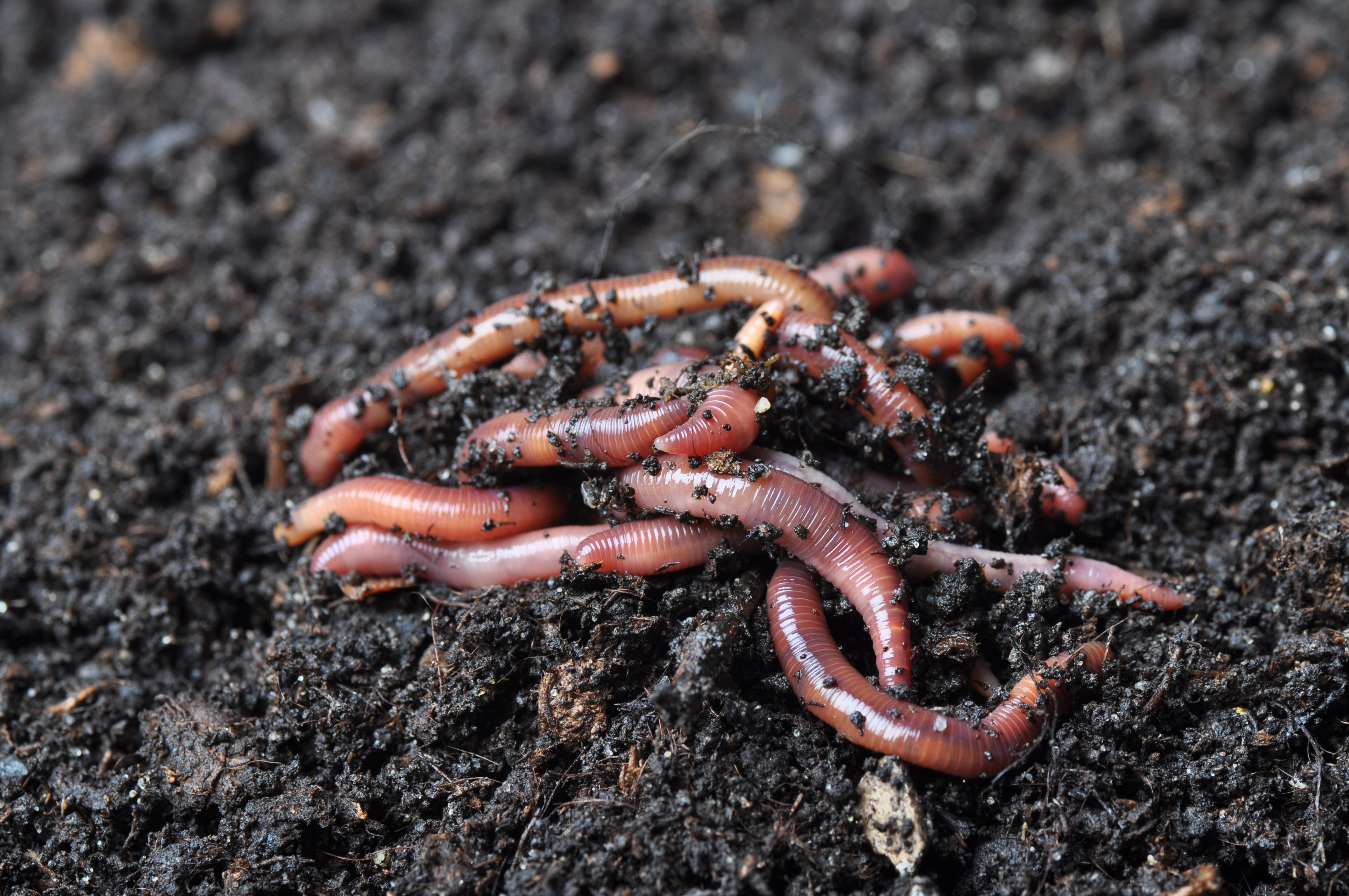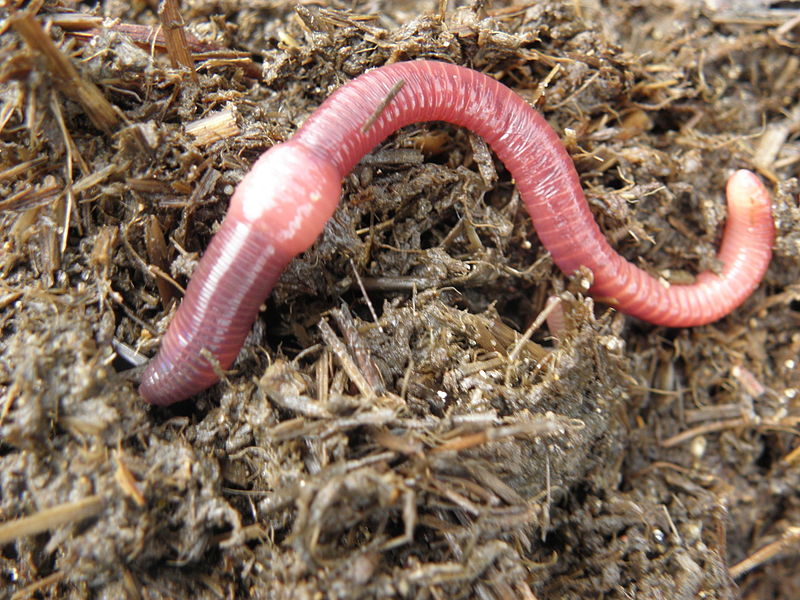Red wigglers: Learn to harvest castings
Exactly How Red Wigglers Can Boost Your Organic Waste Recycling
Red wigglers represent an essential element in improving organic waste recycling, effectively converting everyday cooking area scraps and yard debris right into important worm castings. This process not just alleviates the volume of waste sent out to land fills but also improves soil vitality, advertising much healthier plant growth without the requirement for synthetic fertilizers. Comprehending the ins and outs of developing a vermicomposting system and the optimum treatment for these worms can dramatically intensify the benefits. Yet, the concern stays: exactly how can one successfully integrate this method right into their routine to take full advantage of impact?

Benefits of Red Wigglers
Red wigglers, a type of composting earthworm, deal many benefits that make them very useful in natural waste recycling. Their ability to eat a large variety of natural materials makes them very effective decomposers. These worms can refine kitchen scraps, yard waste, and even paper items, transforming them right into nutrient-rich castings. This process not just minimizes the volume of waste sent out to landfills however also enhances dirt health and wellness.
Additionally, red wigglers enhance dirt aeration and drain through their tunneling tasks, advertising a healthier origin setting for plants. Their castings are rich in valuable microorganisms and necessary nutrients, fostering robust plant development and boosting soil structure (red wigglers). Moreover, using red wigglers in composting is an environmentally friendly option to chemical plant foods, which can have damaging negative effects.
Additionally, vermicomposting with red wigglers is a low-maintenance and effective technique of reusing natural waste, making it obtainable for households and communities alike. Their fast reproduction rate makes sure a constant supply for recurring composting initiatives, better amplifying their benefits. Overall, red wigglers work as a pivotal component in sustainable waste management and dirt improvement practices.
Setting Up a Vermicomposting System
Creating an effective vermicomposting system requires mindful preparation and factor to consider of numerous aspects that add to its success. The foundation of a successful system begins with selecting an appropriate container. Alternatives range from industrial bins to homemade choices, yet it is critical that the container is well-ventilated and suitably sized to suit the variety of red wigglers.
Next, the choice of bed linens product is important. Ideal bedding includes shredded paper, cardboard, or coconut coir, which supplies both a habitat and a resource of carbon for the worms. The bed linens must be moistened yet not excessively wet to avoid anaerobic conditions.
Keeping the ideal environment is essential. Red wigglers prosper in temperatures in between 55 ° F and 77 ° F(13 ° C to 25 ° C )and need a pH level around neutral. Keeping track of moisture degrees is also essential, as way too much moisture can bring about odor troubles, while as well little can dry out the worms.
Last but not least, placing the vermicomposting system in a shaded location safeguarded from straight sunlight will certainly assist maintain a steady environment. With these factors to consider in mind, one can efficiently establish a prospering vermicomposting system that enhances natural waste recycling.
What to Feed Red Wigglers
Feeding red wigglers the right products is fundamental to keeping a healthy vermicomposting system. These worms prosper on a diverse diet plan primarily made up of natural matter, that includes fruit and vegetable scraps, coffee premises, crushed eggshells, and shredded paper. It is crucial to prevent feeding them meat, milk, oily foods, or any refined items, as these can create smells, bring in insects, and bring about an undesirable setting.
A well balanced diet for red wigglers advertises optimum digestion and nutrient production. Go for a mix of green materials, high in nitrogen, such as veggie peels and yard clippings, and brown materials, abundant in carbon, like dried fallen leaves and cardboard. This equilibrium ensures a sustainable food resource while keeping dampness degrees in the worm bin.
Additionally, it is suggested to chop or shred larger scraps to accelerate disintegration and make the food much more easily accessible to the worms. Routinely checking the consumption price will certainly aid identify the proper amount to feed, protecting against overfeeding and maintaining a thriving ecosystem. By offering a suitable diet, you not only support the health of red wigglers yet likewise boost the effectiveness of your vermicomposting efforts.
Keeping Your Worm Bin
To guarantee the health and wellness and performance of your vermicomposting system, preserving your worm bin is essential. Regular monitoring of moisture levels is crucial; the bed linens ought to be damp yet not soggy. If it becomes also wet, excess dampness can bring about anaerobic problems, harming your worms. Conversely, if it is too completely dry, worms may end up being inactive or die.
Temperature is one more important aspect. Ideally, the worm bin must be kept in between 55 ° F and 77 ° F(13 ° C to 25 ° C) Extreme temperature levels can stress or eliminate your worms. To achieve this, position your bin in a climate-controlled setting far from direct sunlight or heat resources.
Gently turning the bedding with a garden fork every few weeks will certainly assist freshen the product and protect against compaction - red wigglers. If this occurs, decrease feeding and include more carbon-rich materials like shredded paper or cardboard.
(red wigglers for composting)
Making Use Of Worm Castings in Gardening

Worm castings, often described as "black gold" by gardeners, are a highly healthy organic plant food that can considerably improve soil health and wellness and plant growth. These spreadings are created by red wigglers as they absorb raw material, causing an abundant, dark, crunchy compound including useful microbes.
Incorporating worm castings right into yard soil enhances its structure, aeration, and moisture retention, creating an ideal setting for root advancement. The high nutrient web content of worm spreadings, including nitrogen, phosphorus, and potassium, contributes to strenuous plant growth and enhanced yields. In addition, worm castings have important trace minerals and enzymes that advertise the general health of plants, allowing them to better stand up to parasites and illness.
Worm castings can be applied straight to the soil or blended right into potting mixes for container horticulture. A thin layer spread over yard beds or contributed to compost heap can additionally enhance the microbial activity and nutrient account of the compost. As a sustainable and green fertilizer option, worm castings support organic horticulture methods while lowering dependence on artificial plant foods, thereby fostering a healthier environment.
Conclusion
Finally, the assimilation of red wigglers right into natural waste reusing practices presents a feasible service for improving soil wellness and promoting lasting gardening techniques. By efficiently disintegrating cooking area scraps and yard waste, red wigglers add to nutrient-rich worm spreadings that improve soil oygenation and dampness retention. This green approach not just reduces landfill contributions but additionally reduces the reliance on Red Wiggler Express Hickory NC chemical fertilizers, ultimately fostering much healthier ecosystems and liable waste management techniques.